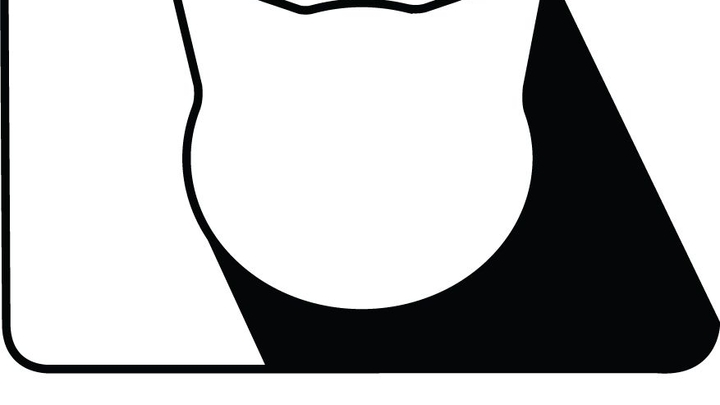SnapCat
The Problem
Invasive species introduced to isolated ecosystems (such as islands) can severely disrupt the native flora and fauna. Because of their isolated nature, these ecosystems have allowed native species to evolve without predators and competitors. Introduced species can decimate native populations and ultimately drive them to extinction. Our goal should be to remove these introduced predators/competitors to re-establish balance in these ecosystems.
Our Proposal
Many solutions to the problem of eradicating invasive species make use of some sort of camera trap system. However, these systems usually accumulate a large amount of data that has to be manually inspected by researchers, wasting both man-hours and money. Also, these systems either need to be visited regularly (to download data off of them), or need a proper wireless connection to a base station. We propose a computer vision based camera trap that makes use of advances in both low-power embedded technology and machine learning. By training a classifier algorithm to look for a specific invasive species (in this case, feral cats), the work of sorting through data is done by the camera's on-board computer. By reducing the amount of data sent back to the researcher, we can also more reliably send classification/detection summaries back to the base via a wireless sensor network (with nodes set up throughout the environment to pass the alert back to the team). The solution will also make use of a solar panel setup to maximize battery life and reducing the maintenance needed for each trap.
We Assume that...
We assume there is a team stationed in the area (on standby), waiting to receive alerts for detection of invasive species.
We assume we can work with the existing response team to set up cameras (nodes) and collect images of the target species
We assume there will be some sunlight present to support a solar-powered design.
We assume the response team will be able to perform basic maintenance on the devices with instructions from the engineering team
We assume that a response time of an hour is sufficient for the team to find the invasive organism
Constraints to Overcome
Advances in low-cost embedded platforms, wireless sensor networks, and machine learning algorithms allow us to propose a solution that could not have existed 10 years ago. By making a device that can effectively run camera-based classification algorithms with electronics that do not require a substantial amount of power, we can develop a low-maintenance and long-lasting system. New radio technology can also allow us to develop a wireless sensor network that can effectively transmit alerts (small packets of data) in heavily obstructed areas such as forests and jungles.
Current Work
We would like to effectively deploy ONE SnapCat system in an affected ecosystem. We would like to work with the response team to set up the traps, repeaters, and base station as well as provide support in the months/years following. Our ultimate goal is create a versatile, open-source system that can be used by ANY team for ANY tracking/detection application in conservation.
Current Needs
The team would benefit from learning about the current initiatives to eliminate invasive species around the world. If we could get in touch with a group that is currently in need of this solution and gather more requirements, we can better fit our solution to their needs. Furthermore, if these groups are already searching for these animals with camera traps, we could use the data they've collected to train and test our classification algorithm that we will develop. The team is supported by Synapse Product Development and has been granted the use of lab space and equipment. However, we are unsure if Synapse will continue to support us for the next 3-6 months. We would appreciate any additional funding that can be given to develop and deploy a mock-system in Discovery Park (Seattle).

